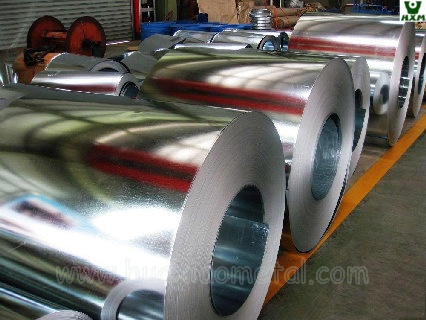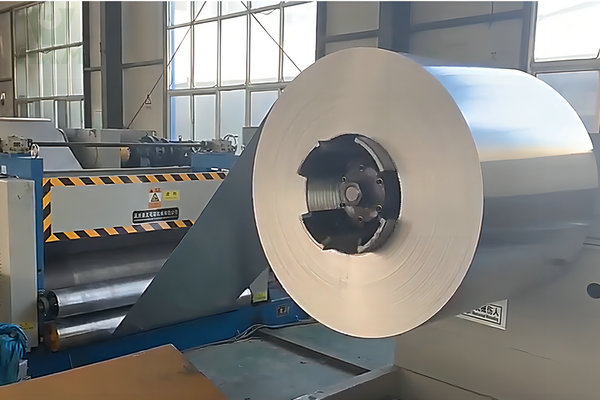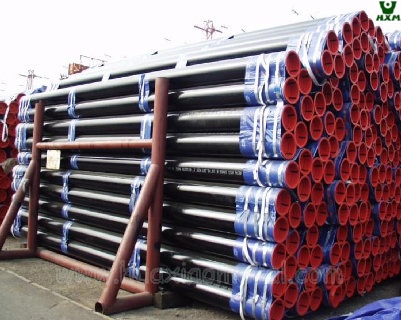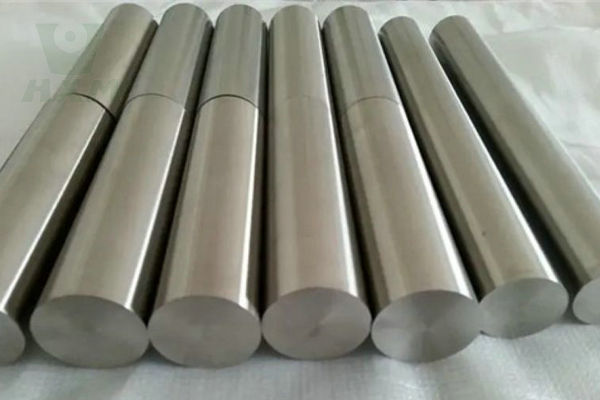When it comes to choosing materials for construction, manufacturing, or other applications, galvanized steel and aluminum are two prominent choices that each have their own advantages and disadvantages. Both materials are valued for their durability and performance, but they excel in different areas. This blog will dive into the key differences between galvanized steel and aluminum, and in the end, we will evaluate which is better, Galvanized Steel vs. Aluminum.
What is Galvanized Steel?
What is Aluminum Metal?
What is the Difference Between Galvanized Steel vs. Aluminum?
This article will define galvanized steel and aluminum and compare them in terms of usage, cost, strength, corrosion resistance, weight, thermal conductivity, welding performance, cleanability, and aesthetics.
Application of Galvanized Steel vs. Aluminum
Galvanized Steel:
- Construction: Commonly used in structural components, roofs, and fences due to its strength and durability.
- Automotive: Mainly used in vehicle parts and chassis to prevent rust and extend the service life of vehicles.
- Manufacturing: Used in home appliances, furniture, and HVAC systems, products with protective coatings are required.
Aluminum:
- Aerospace: Commonly used in aircraft and spacecraft due to its lightweight and high strength.
- Transportation: Used in vehicles, trains, and bicycles to reduce weight and improve fuel efficiency.
- Construction: Used in window frames, curtain walls, and roofing materials, favored for its versatility and aesthetics.
Cost of Galvanized Steel vs. Aluminum
Galvanized Steel:
Generally less expensive than aluminum. The cost of galvanized steel is affected by the price of the steel and the galvanizing process, making it a cost-effective option for applications with a limited budget but requiring corrosion resistance.
Aluminum:
Aluminum is generally more expensive, primarily due to the cost of the raw materials and the high energy consumption of the production process. However, its unique properties and advantages often make this higher cost worthwhile in specific applications.
Strength of Galvanized Steel vs. Aluminum
Galvanized Steel:
Galvanized steel has a high tensile strength and is suitable for applications that require load-bearing. The zinc coating does not affect the strength of the steel, but it increases its resistance to environmental factors.
Aluminum:
While aluminum is generally not as strong as galvanized steel, it is still strong enough for many applications. Aluminum alloys can be tailored to achieve specific strength requirements, making it flexible for a variety of applications.
Corrosion Resistance of Galvanized Steel vs. Aluminum
Galvanized Steel:
The zinc coating is effective in preventing rust and corrosion. However, the coating can degrade over time, especially in harsh environments, so it needs to be maintained or replaced periodically.
Aluminum:
Aluminum’s naturally occurring oxide layer provides excellent corrosion resistance. This protective film forms spontaneously when aluminum is exposed to air and effectively prevents further oxidation, making aluminum suitable for use in humid and chemical environments.
Weight of Galvanized Steel vs. Aluminum
Galvanized Steel:
Galvanized steel has a higher density and is heavier than aluminum. This property can be a benefit in applications where extra weight is needed for stability, but can be a disadvantage in projects where weight reduction is a concern.
Aluminum:
Aluminum weighs much less than galvanized steel. This property is very beneficial in applications where weight reduction is a concern, such as in the aerospace and transportation industries, where every kilogram saved can improve performance and fuel efficiency.
Thermal Conductivity of Galvanized Steel vs. Aluminum
Galvanized steel:
Galvanized steel has a low thermal conductivity, which means it is not as good at conducting heat as aluminum. Therefore, in applications involving thermal management, galvanized steel may not perform as well as aluminum.
Aluminum:
Aluminum has high thermal conductivity, making it suitable for applications that require efficient heat dissipation. Aluminum is often used in heat exchangers, radiators, and cooling systems, where it is favored for its good thermal conductivity.
Welding Performance of Galvanized Steel vs. Aluminum
Galvanized Steel:
Welding galvanized steel can be difficult because the zinc coating produces harmful gases when heated. Welding galvanized steel requires special techniques and safety measures.
Aluminum:
Aluminum is relatively easy to weld and can be welded using a variety of methods such as TIG and MIG welding. Its low melting point and good thermal conductivity make the welding process smoother and suitable for many applications.
Cleanability of Galvanized Steel vs. Aluminum
Galvanized Steel:
Galvanized steel surfaces are relatively easy to clean, but stains or residue may develop over time. Periodic maintenance is required to maintain its appearance and functionality.
Aluminum:
Aluminum is generally easy to clean and maintain. Its smooth surface is less susceptible to staining and requires less cleaning effort. Aluminum’s low maintenance requirements add to its appeal.
Aesthetics of Galvanized Steel vs. Aluminum
Galvanized Steel:
Galvanized steel has a distinctive industrial look with a noticeable metallic sheen. While practical, it may not be aesthetically pleasing in certain design or architectural settings.
Aluminum:
Aluminum offers a modern, sleek look and can be anodized, painted, or polished to suit a variety of design aesthetics and application needs.
Is Aluminum better than Galvanized Steel?
Whether aluminum is better than galvanized steel depends mainly on the specific application requirements and performance indicators that are prioritized. Here are the advantages and applicable scenarios of aluminum and galvanized steel to help you decide which material is better for your needs:
Advantages of Aluminum
- Lightweight: Aluminum has a much lower density than galvanized steel, which makes it very advantageous in applications where weight reduction is required, such as aerospace and transportation.
Strong corrosion resistance: Aluminum’s naturally formed oxide layer provides excellent corrosion resistance, making it perform better in humid or chemical environments and reducing maintenance requirements.
High thermal conductivity: Aluminum has high thermal conductivity and is suitable for applications that require efficient heat dissipation, such as radiators and heat exchangers.
Aesthetics: Aluminum can be treated with a variety of surface treatments, such as anodizing, spraying, or polishing, providing a modern look and design flexibility, suitable for high-end architectural and decorative applications.
Good weldability: Aluminum is relatively easy to weld and can use a variety of welding methods, suitable for applications that require welding.
Advantages of Galvanized Steel
- Lower cost: Galvanized steel is generally cheaper than aluminum and is suitable for projects with limited budgets, especially scenarios that require large areas.
High Strength: Galvanized steel has a high strength and is suitable for load-bearing structures and applications, such as buildings and automotive parts.
Wear Resistance: The surface of galvanized steel is treated with zinc coating, which provides good wear resistance and is suitable for environments that require durability.
Lower Thermal Conductivity: Although galvanized steel does not conduct heat as well as aluminum, this may be beneficial in some cases to reduce heat conduction.
Cleanability: The surface of galvanized steel is easy to clean, but regular maintenance is required to maintain its appearance and function.
If your main need is to reduce weight, improve corrosion resistance, or seek aesthetics, aluminum may be a better choice.
If your focus is cost-effectiveness, strength requirements, or wear resistance, galvanized steel may be more suitable for your project.
In Conclusion:
Galvanized steel and aluminum each have unique advantages and are suitable for different application scenarios. Galvanized steel excels in strength, cost-effectiveness, and corrosion resistance, and is suitable for projects that require load-bearing and limited budgets. Aluminum has advantages in lightness, corrosion resistance, and aesthetics, and is particularly suitable for applications with high requirements for performance and appearance. Whether to choose aluminum over galvanized steel depends on the specific needs of the project and the most important factors.









